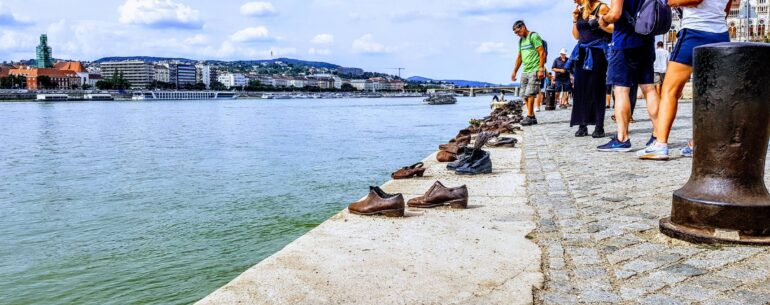360VR guide: If you’re on Turkey’s south coast – often referred to as the Turkish Riviera or Turquoise Coast – you really should take the time to get out and explore. This is an intensely beautiful part of the world filled with remnants from ancient cultures in a region arguably considered by many to be the cradle of early civilisation. Tribes and cultures here date back to 6500BC – some of the earliest known societies and cultures on earth. Scroll below for more ideas for seeing the Amyntas rock tombs and Fethiye.
Check out other summer guides and winter guides on the iRide website.
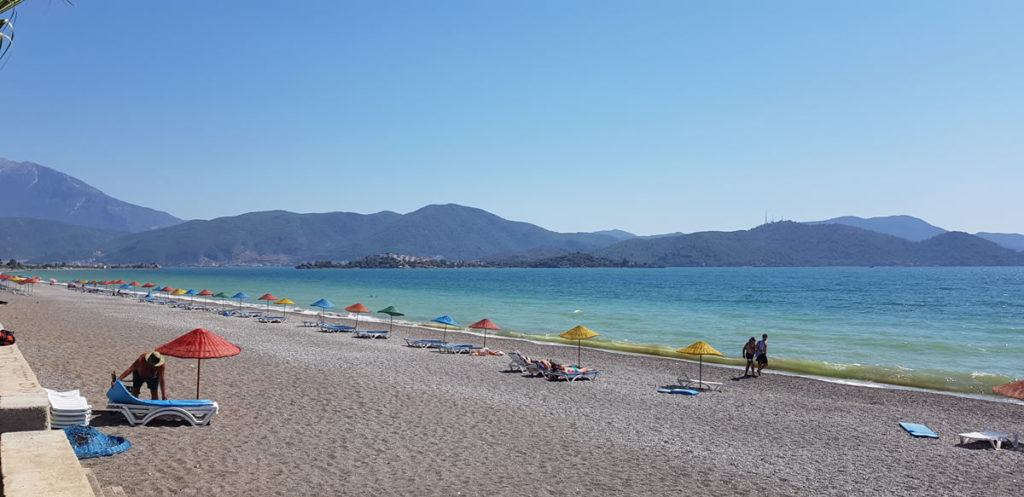
Find the best accommodation deals in Fethiye now
We’ve teamed up with the accommodation specialists, Booking.com, to bring you the best deals on accommodation in Fethiye.
Check for the best flight deals to Dalaman
Find the best prices on flights direct from your nearest airport using the form below. Note, if results aren’t showing your closest airport, just follow the link for more options.
With its long beachfront and imposing mountain backdrops, Fethiye is no exception and is well worth a visit. As with everywhere else in Turkey, the bus network on the Riviera is second to none – very easy to navigate and unrivaled in terms of its access to smaller, lesser-known destinations.
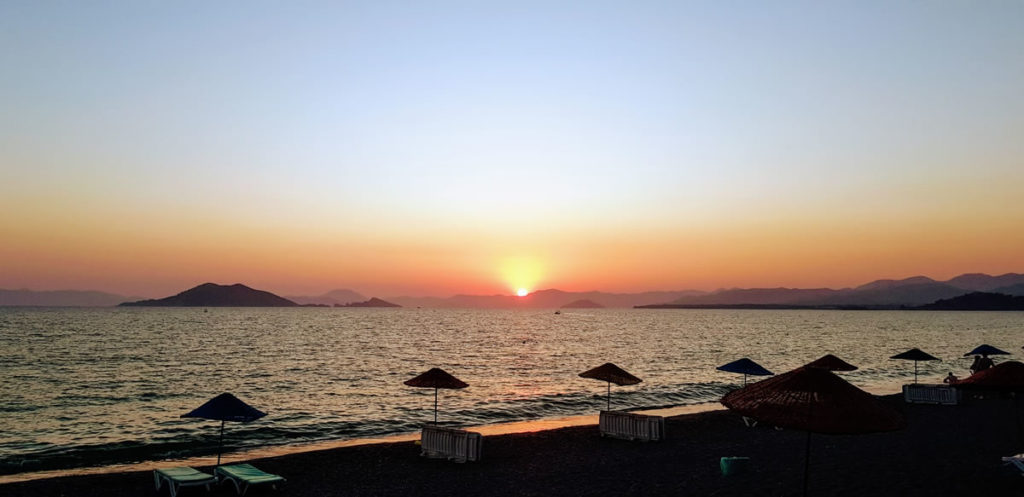
The town of Fethiye was once a small traditional fishing village but has since transformed into a bustling holiday destination – particularly popular with the Brits and Germans. While many are happy to lounge on the beach all day, there is a wealth of exploring to be done in the area and environs if you take the time.

Just one example is the historic city centre with its winding streets and ancient buildings – to be found just a short walk through the new town, towards the left end of the long beach. And above, carved into a steep rock face, lies one of Fethiye’s most mysterious and impressive treasures – a remnant of an ancient civilisation, prevalent here in times long past – the Lycian Amyntas rock tombs.

Relatively little is known of the ancient Lycians however they are considered one of the earliest, sophisticated people who inhabited this part of Turkey. Rather than considering themselves part of a specific region or country, the Lycians prefered to think of themselves as members of confederation of closely-knit, independent states. The town of Fethiye is located on the site of one of these such ‘states’ – the Greek town of Telmessos.
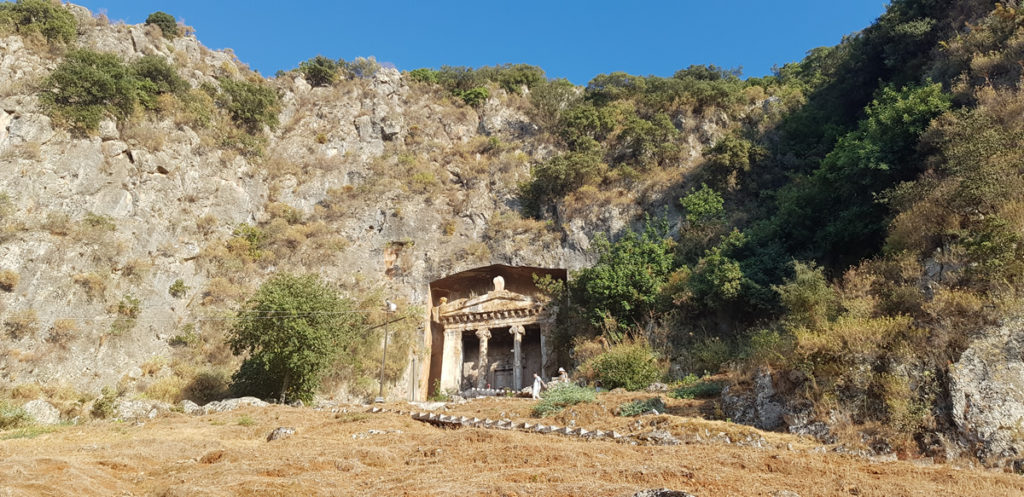
The Amyntas tomb was built in 350BC and is named after an inscription carved on the side, “Amyntou tou Ermagiou” – literally, “Amyntas, son of Hermagious”. The tomb to Amyntas is the largest and most easily accessible and is carved higher up the mountain than the others – signifying his importance to his people.

The Lycians believed their dead were carried to the afterlife by winged creatures – hence the reason for the elevated burial place to aid Amyntas’ passage. They also prefered to keep their dead close – again, explaining the proximity of the tomb to the historic town centre. It’s a romantic notion but one that likely rings as true today as it did back then. Personally, I rather like the notion of helping the dead leave – but wanting to keep them close as comforting reminder. There are beautiful views from the top – again, likely a testimony to the importance and standing of Amyntas. Carved a little further along the side of the mountain, you’ll also see tombs for lesser members of this Lycian community – though their views would have been far less impressive and access is limited.
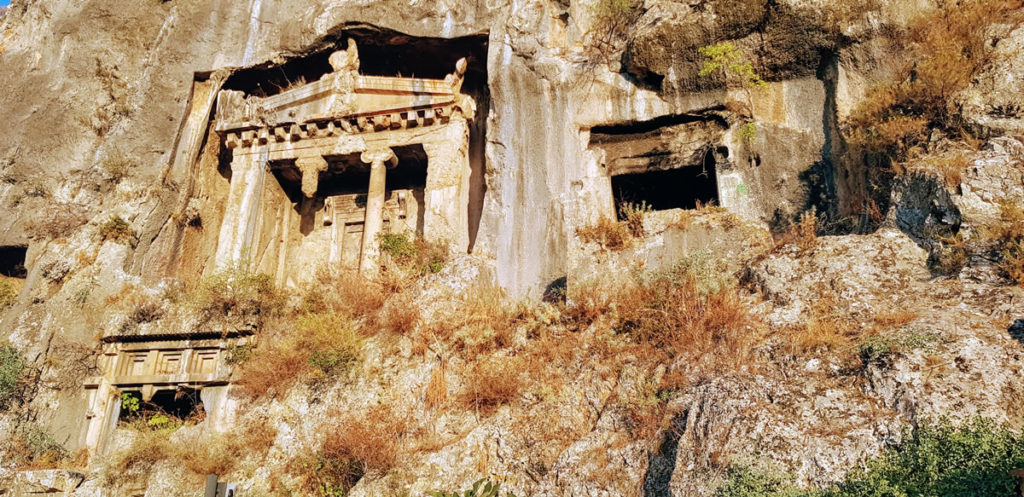
The pathway to the Amyntas rock tombs is accessible by taxi from a hillside road about halfway up the climb. Really though, I would recommend walking as the route through the old town is interesting in itself. There is an entrance fee of 5TRY (at time of writing 0.75€ or £0.65). It’s unclear why they charge as, in all honesty, the tombs are badly maintained. Much like many of Turkey’s other treasures, there just doesn’t seem to be impetus or interest in maintenance or upkeep.

Essentials
Price – 5TL
Fitness – It’s not a massive walk but some might struggle up the steps in mid-summer temperatures
Facilities – There are multiple bars and restaurants at the base – nothing at the tomb itself.
Opening hours – 08.30-19.30 (officially)
Night-time – the Amyntas tomb is illuminated, others aren’t
Getting there
Where: Amyntas Rock Tombs
When (for me): Sunday, August 11th 2019
360VR images
Ticket office and walk up from base to the rock tombs
Immediately below the largest and most famous tomb, that of Amyntas
The view directly outside the tomb of Amyntas
Inside the temple portico
Inside the Amyntas tomb – sadly neglected and vandalised with graffiti
A Brief History of Fethiye
Fethiye, formerly known as Telmessos, boasts a history that dates back over 2,000 years. It was once a prominent Lycian city and later became part of the Roman and Byzantine Empires. Today, Fethiye is a vibrant hub of culture and tourism, attracting visitors from around the world with its rich heritage and natural beauty.
Discovering Fethiye: Must-See Attractions
If you have more time on this coastline town, Fethiye has a lot to offer from watersports to parapente and, of course, an intriguing history. Below are some ideas of places to visit.
- Kayaköy: Explore the ghost town of Kayaköy, a hauntingly beautiful village abandoned during the population exchange between Greece and Turkey in the early 20th century. Wander through its deserted streets, crumbling houses, and churches, and learn about its tragic history at the Kayaköy Museum. Admission to the museum costs 15 Turkish Lira (approximately €1.50) for adults.
- Ölüdeniz Beach: Relax on the pristine shores of Ölüdeniz Beach, one of Turkey’s most famous and picturesque beaches. With its crystal-clear waters and stunning backdrop of pine-clad mountains, Ölüdeniz is a paradise for sunbathers, swimmers, and water sports enthusiasts. Entrance to the beach is free, with optional amenities such as sun loungers and umbrellas available for rent.
- Fethiye Marina: Take a leisurely stroll along the Fethiye Marina, lined with colourful boats, waterfront cafes, and bustling markets. Watch the sunset over the bay, sample fresh seafood, and browse for souvenirs at the local shops. Entrance to the marina is free, allowing you to enjoy the lively atmosphere and stunning views of the Mediterranean Sea.
- Lycian Rock Tombs: Marvel at the ancient Lycian Rock Tombs carved into the cliffs above Fethiye’s old town. Dating back to the 4th century BC, these elaborately decorated tombs are a testament to the region’s rich history and architectural prowess. Visitors can view the tombs from a distance or take a boat tour to get a closer look. Prices for boat tours vary depending on the duration and itinerary.
- Saklıkent Gorge: Embark on an adventure to Saklıkent Gorge, a natural wonder located just a short drive from Fethiye. Hike through the canyon’s narrow passageways, wade through icy mountain streams, and marvel at the towering cliffs that rise up to 300 meters high. Admission to Saklıkent Gorge costs 10 Turkish Lira (approximately €1) for adults.
- Butterfly Valley: Discover the enchanting Butterfly Valley, a hidden gem nestled between towering cliffs and lush greenery. Hike down to the valley floor, where you’ll find a secluded beach, cascading waterfalls, and a vibrant ecosystem home to over 100 species of butterflies. Access to Butterfly Valley is free, with optional boat transfers available for a fee.
- Travelling to Fethiye
Travelling to Fethiye is easy and convenient, thanks to its well-connected transportation links. Dalaman Airport (DLM) serves as the main gateway to the region, with regular flights from major Turkish cities and European destinations. From the airport, visitors can take a taxi or shuttle bus to reach their accommodation in Fethiye. Alternatively, Fethiye is also accessible by road from other parts of Turkey, with bus services operating daily from cities such as Istanbul, Antalya, and Izmir. Once in Fethiye, getting around is straightforward, with taxis, dolmus (minibuses), and rental cars available for exploring the town and its surrounding areas.


